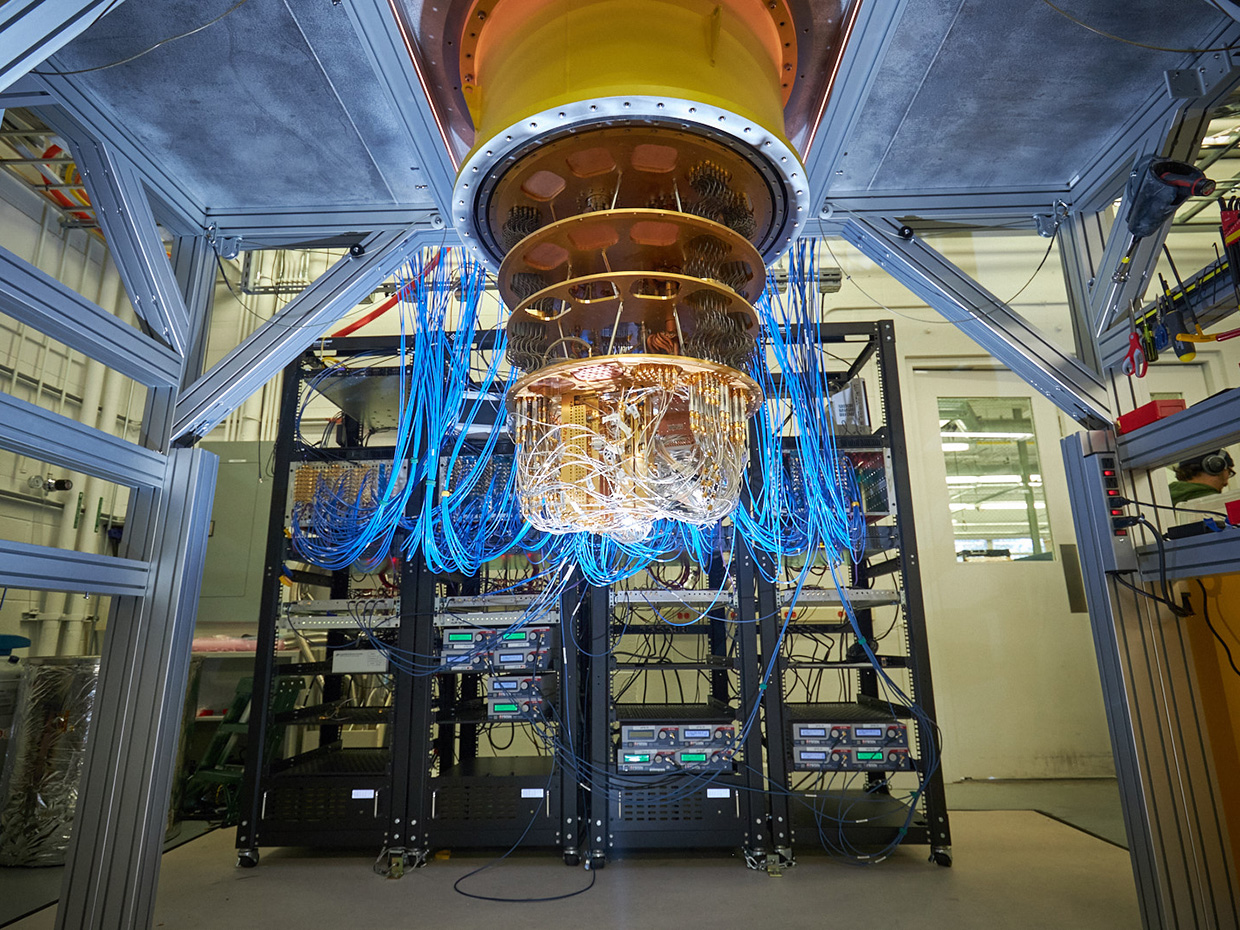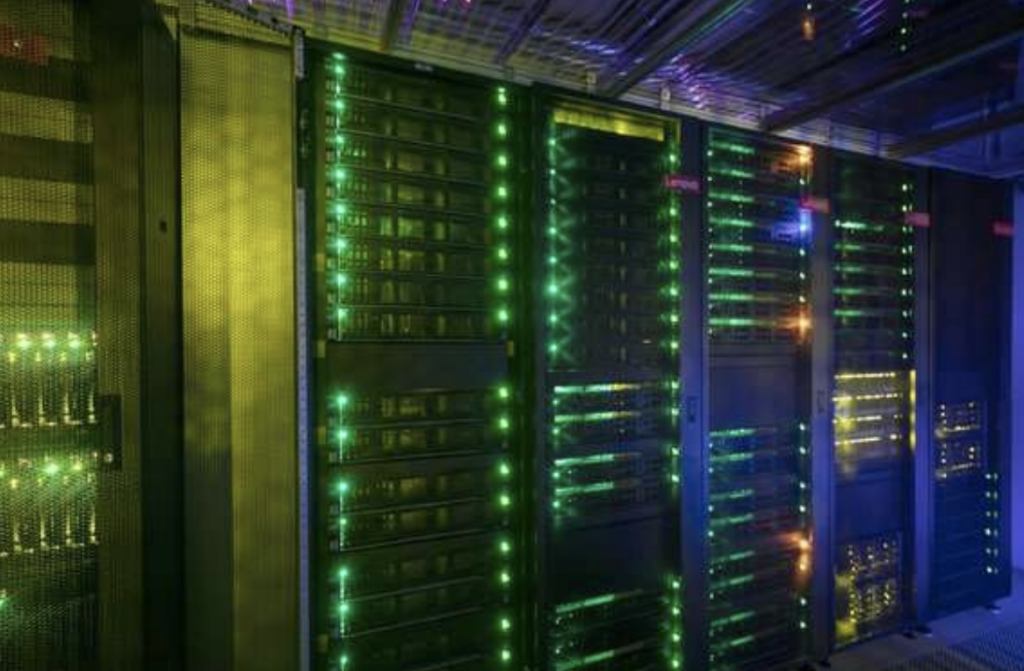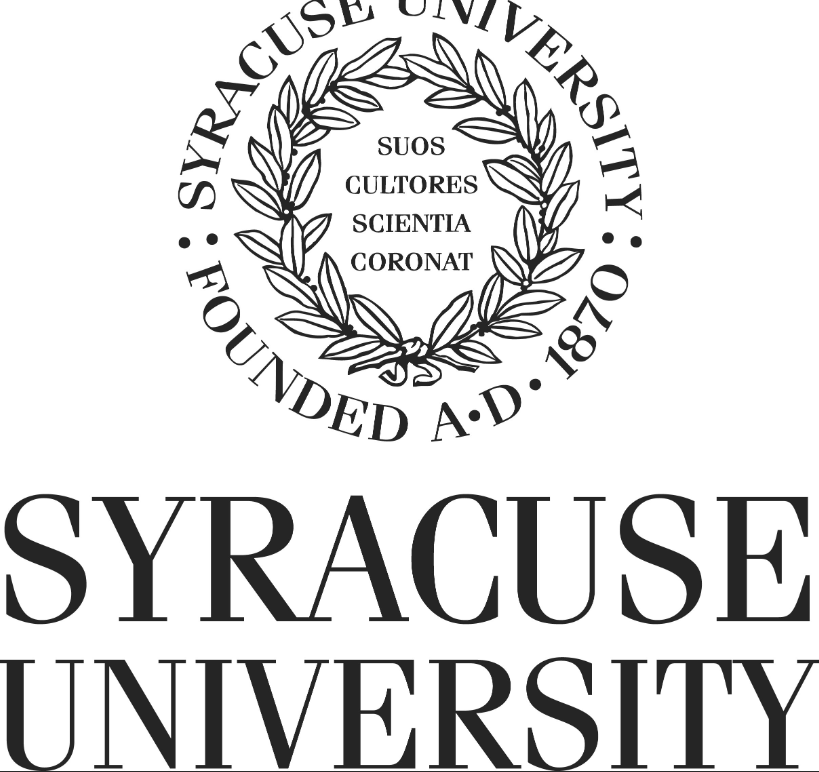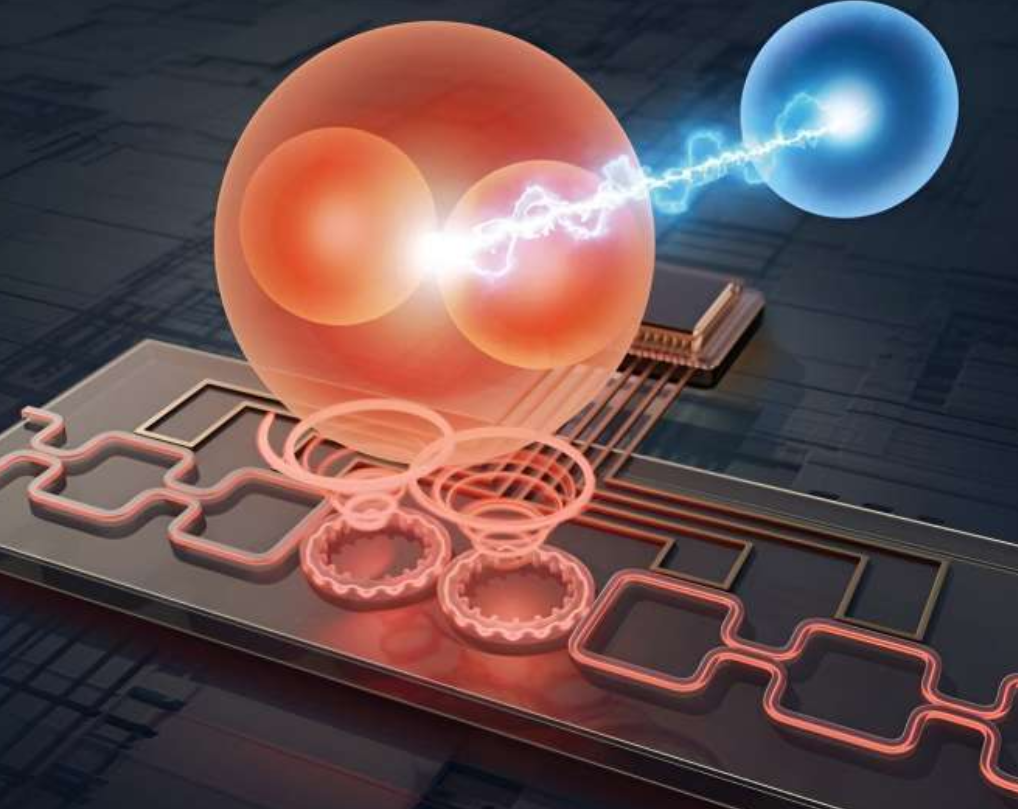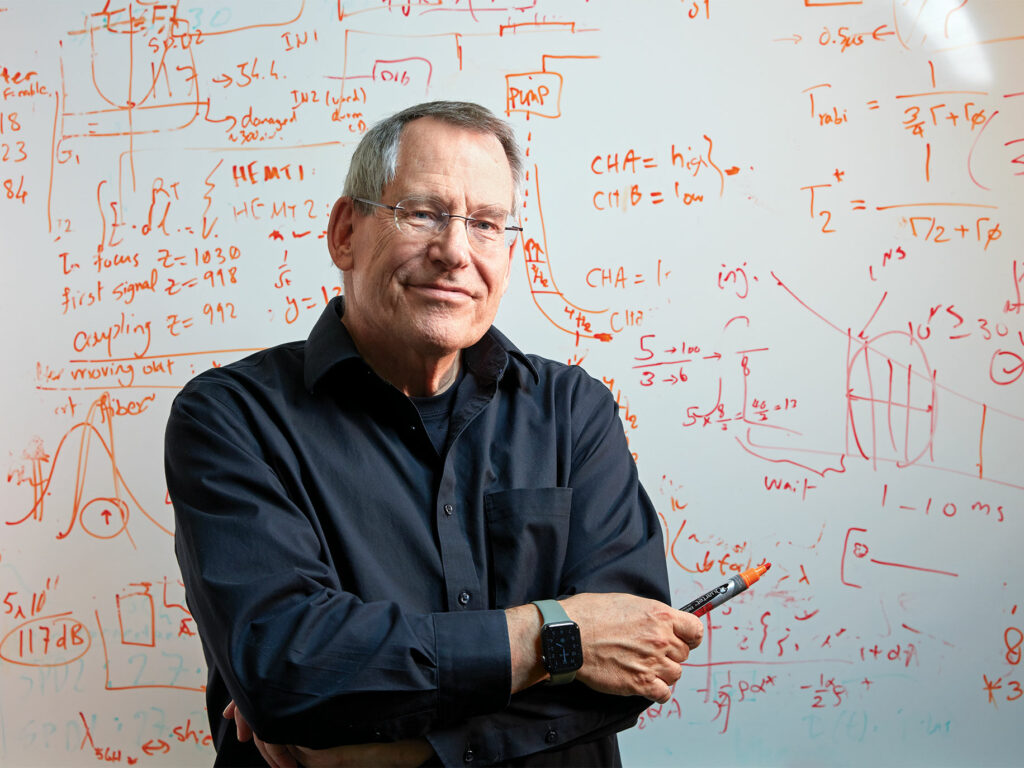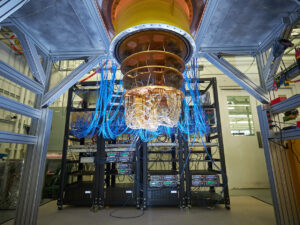
In what the Google Quantum AI team described as exponential suppression of errors, the team reports it developed a cyclic error correction method that presents a promising path forward in the quest to build practical quantum computers. A lot of work remains, the researchers add.
In a study published in Nature, the researchers report on the addition of logical qubits to the reduced the logical qubit error rate. The team reports that repetition code logical errors can suppress errors when the number of qubits are increased from from 5 to 21, with a total error suppression of more than 100×.
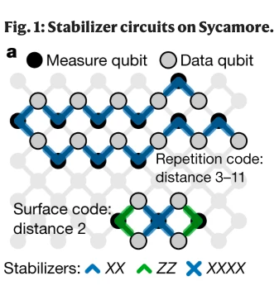 Because quantum environments are vulnerable to a range of natural disturbances — or noise — such as magnetic interference, heat and even cosmic rays, quantum calculations can be easily disturbed, requiring error correction to keep the computer on task.
Because quantum environments are vulnerable to a range of natural disturbances — or noise — such as magnetic interference, heat and even cosmic rays, quantum calculations can be easily disturbed, requiring error correction to keep the computer on task.
The quantum error-correction was performed on Google’s Sycamore processor, which is desogned with a 2D array of transmon qubits. Each qubit is tunably coupled to four nearest neighbours—the connectivity required for the surface code, according to the paper. The processor has 54 qubits, but the team only used “at most 21” because only a portion a of the processor was wired up.
Google researchers say that the approach was facilitated by two recent advancements in gate calibration on the Sycamore architecture: a reset protocol, which removed population from excited states, including non-computational states, by sweeping the frequency of each measure qubit through that of its readout resonator and the implementation of a 26-ns controlled-Z (CZ) gate using a direct swap between the joint states.

The study does not claim to be an absolute fix for the quantum error correction problem, but a solid step forward.
The researchers write: “Nevertheless, many challenges remain on the path towards scalable quantum error correction. Our error budgets point to the salient research directions required to reach the surface code threshold: reducing CZ gate error and data qubit error during measurement and reset. Reaching this threshold will be an important milestone in quantum computing. However, practical quantum computation will require Λ ≈ 10 for a reasonable physical-to-logical qubit ratio of 1,000:1. Achieving Λ ≈ 10 will require substantial reductions in operational error rates and further research into mitigation of error mechanisms such as high-energy particles.”
If you found this article to be informative, you can explore more current quantum news here, exclusives, interviews, and podcasts.


